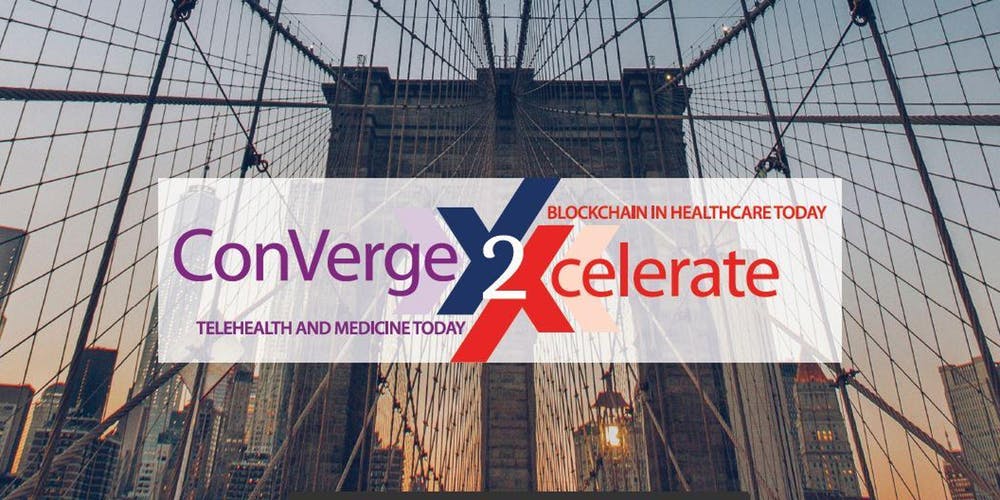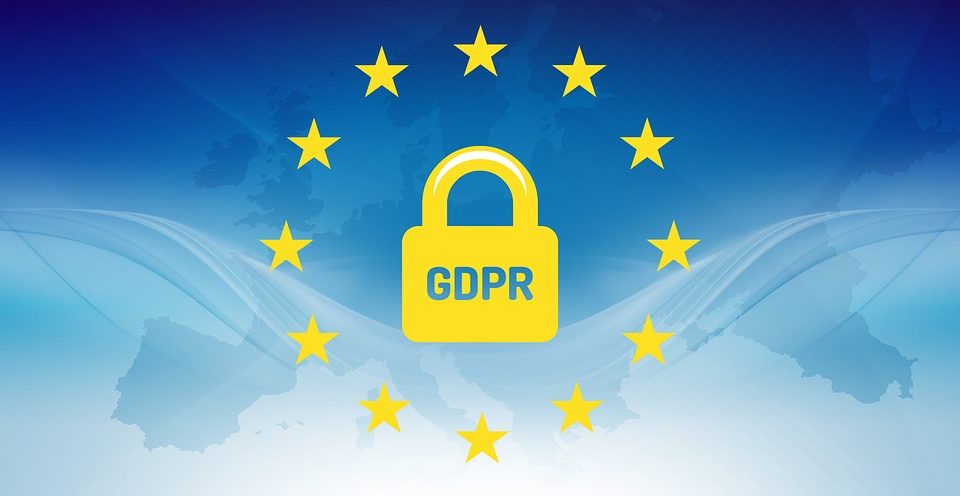There is no doubt that aggregated health data will continue to shape the future of healthcare. There are vast amounts of data available in today’s society, and health researchers are tapping into it to advance medical science. Large sets of data are regularly compiled and analyzed, and the findings are used to predict epidemics, cure diseases, provide better preventative care, and lower healthcare costs, among other positive things. The widespread adoption of electronic health records and the increasing prevalence of internet-enabled medical devices are creating even more opportunities for valuable data collection. While this unlocks very exciting possibilities for healthcare scientists and providers, where does the patient fit into all of this?
Patient-generated health data (PGHD) is defined by The Office of the National Coordinator for Health Information Technology as “health-related data created, recorded, or gathered by or from patients (or family members or other caregivers) to help address a health concern.” This includes health and treatment histories, symptoms, lifestyle choices, biometric data, etc. When used in conjunction with existing clinical data, PGHD can provide additional insight into an individual’s overall health and better inform decisions made by care providers. The use and sharing of PGHD can gather important information about an individual’s well-being between medical visits, allow for shared decision-making in preventive and chronic care management, and ultimately improve the cost, quality, and coordination of care.
Trust between patients and providers is a cornerstone of the medical profession and higher levels of trust result in improved health outcomes. In the Digital Health Technology Vision 2018, Accenture found that ninety-four percent of health executives believe that treating customers as partners is important or very important for gaining consumer trust. By its very nature, PGHD creates a valuable opportunity for an individual to become a true partner in their own care. Through the process of supplying data the provider would not have access to otherwise, the patient is given a voice and empowered to actively engage in their health. The power of this voice is further supported by today’s wellness apps, wearables, and fitness trackers, which are increasing consumer engagement with personal health data. However, as with any opportunity, there are potential challenges that need to be addressed.
First of all, electronic health records (EHRs) suffer from a lack of interoperability. The major benefit of PGHD is it can supplement the information found in EHRs to provide a more comprehensive picture of an individual’s health. This benefit cannot be fully realized if patient data is fragmented and siloed across multiple providers and IT systems. Another concern is data privacy and security. We are faced with the reality of hackers and data breaches almost daily, and consumers will be less willing to provide PGHD if they believe their personal information is at risk. Patientory’s distributed application uses blockchain technology to address these concerns and empowers individuals to compile and manage their own health information from multiple providers and wearable devices. They can then securely share their comprehensive health picture with the healthcare provider(s) of their choice, which allows all stakeholders to benefit from the use of PGHD. Learn more about our solution here.












